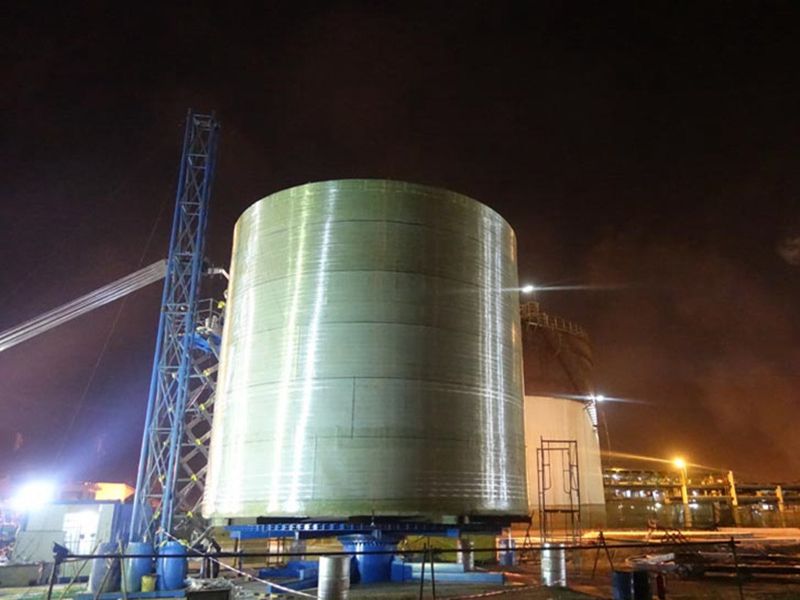
-
 Afrikaans
Afrikaans -
 Albanian
Albanian -
 Amharic
Amharic -
 Arabic
Arabic -
 Armenian
Armenian -
 Azerbaijani
Azerbaijani -
 Basque
Basque -
 Belarusian
Belarusian -
 Bengali
Bengali -
 Bosnian
Bosnian -
 Bulgarian
Bulgarian -
 Catalan
Catalan -
 Cebuano
Cebuano -
 China
China -
 China (Taiwan)
China (Taiwan) -
 Corsican
Corsican -
 Croatian
Croatian -
 Czech
Czech -
 Danish
Danish -
 Dutch
Dutch -
 English
English -
 Esperanto
Esperanto -
 Estonian
Estonian -
 Finnish
Finnish -
 French
French -
 Frisian
Frisian -
 Galician
Galician -
 Georgian
Georgian -
 German
German -
 Greek
Greek -
 Gujarati
Gujarati -
 Haitian Creole
Haitian Creole -
 hausa
hausa -
 hawaiian
hawaiian -
 Hebrew
Hebrew -
 Hindi
Hindi -
 Miao
Miao -
 Hungarian
Hungarian -
 Icelandic
Icelandic -
 igbo
igbo -
 Indonesian
Indonesian -
 irish
irish -
 Italian
Italian -
 Japanese
Japanese -
 Javanese
Javanese -
 Kannada
Kannada -
 kazakh
kazakh -
 Khmer
Khmer -
 Rwandese
Rwandese -
 Korean
Korean -
 Kurdish
Kurdish -
 Kyrgyz
Kyrgyz -
 Lao
Lao -
 Latin
Latin -
 Latvian
Latvian -
 Lithuanian
Lithuanian -
 Luxembourgish
Luxembourgish -
 Macedonian
Macedonian -
 Malgashi
Malgashi -
 Malay
Malay -
 Malayalam
Malayalam -
 Maltese
Maltese -
 Maori
Maori -
 Marathi
Marathi -
 Mongolian
Mongolian -
 Myanmar
Myanmar -
 Nepali
Nepali -
 Norwegian
Norwegian -
 Norwegian
Norwegian -
 Occitan
Occitan -
 Pashto
Pashto -
 Persian
Persian -
 Polish
Polish -
 Portuguese
Portuguese -
 Punjabi
Punjabi -
 Romanian
Romanian -
 Russian
Russian -
 Samoan
Samoan -
 Scottish Gaelic
Scottish Gaelic -
 Serbian
Serbian -
 Sesotho
Sesotho -
 Shona
Shona -
 Sindhi
Sindhi -
 Sinhala
Sinhala -
 Slovak
Slovak -
 Slovenian
Slovenian -
 Somali
Somali -
 Spanish
Spanish -
 Sundanese
Sundanese -
 Swahili
Swahili -
 Swedish
Swedish -
 Tagalog
Tagalog -
 Tajik
Tajik -
 Tamil
Tamil -
 Tatar
Tatar -
 Telugu
Telugu -
 Thai
Thai -
 Turkish
Turkish -
 Turkmen
Turkmen -
 Ukrainian
Ukrainian -
 Urdu
Urdu -
 Uighur
Uighur -
 Uzbek
Uzbek -
 Vietnamese
Vietnamese -
 Welsh
Welsh -
 Bantu
Bantu -
 Yiddish
Yiddish -
 Yoruba
Yoruba -
 Zulu
Zulu
fiberglass pipe fittings
Understanding Fiberglass Pipe Fittings A Comprehensive Overview
Fiberglass pipe fittings are an essential component in various industrial and commercial applications. They serve as vital connectors in piping systems that transport fluids, chemicals, and gases. Made from fiberglass-reinforced plastic, these fittings offer unique advantages over traditional materials such as metal and PVC. In this article, we will explore the benefits, applications, and types of fiberglass pipe fittings, giving you a well-rounded understanding of their significance in modern infrastructure.
What are Fiberglass Pipe Fittings?
Fiberglass pipe fittings are components that connect sections of fiberglass pipes. They are constructed from a composite material made of glass fibers and resin, often epoxy or polyester. This combination results in a lightweight yet robust product that can withstand extreme pressures and corrosive substances. Fiberglass fittings are available in various shapes and sizes, including elbows, tees, reducers, and flanges, accommodating a wide range of piping systems.
Benefits of Fiberglass Pipe Fittings
1. Corrosion Resistance One of the standout features of fiberglass fittings is their resistance to corrosion. Unlike metal pipes that can rust and deteriorate over time, fiberglass fits remain unaffected by harsh chemicals and environmental factors, making them ideal for chemical processing industries.
2. Weight Savings Fiberglass fittings are significantly lighter than their metal counterparts. This weight advantage translates into easier handling and installation, reducing labor costs and the physical strain on workers.
3. Durability With superior strength-to-weight ratios, fiberglass fittings can endure high pressure and temperature variations without compromising structural integrity. Their durability leads to lower maintenance and replacement costs over time.
4. Cost-Effectiveness Although initial costs may be higher than some traditional materials, the long-term savings due to their longevity and low maintenance needs make fiberglass fittings a cost-effective choice in the long run.
5. Thermal Insulation Fiberglass materials naturally possess insulation properties, which help minimize heat loss in hot water applications. This quality can lead to improved energy efficiency in heating systems.
Applications of Fiberglass Pipe Fittings
fiberglass pipe fittings

Due to their advantageous properties, fiberglass pipe fittings are used in various industries, including
1. Chemical Processing The compatibility of fiberglass with corrosive substances makes it a preferred choice for the chemical manufacturing industry. They are often used in piping systems that handle acids, alkalis, and other aggressive chemicals.
2. Water Treatment Fiberglass fittings are widely applied in water and wastewater treatment facilities. Their resistance to corrosion ensures the longevity of the infrastructure used for water purification and distribution.
3. Oil and Gas In the oil and gas sector, fiberglass fittings are employed in pipeline systems that transport crude oil, natural gas, and produced water. Their resistance to chemicals and environmental stresses makes them a reliable choice for these applications.
4. Marine Applications The marine industry also favors fiberglass fittings for shipbuilding and maintenance, thanks to their lightweight nature and resistance to seawater corrosion.
5. Construction and HVAC In building construction, fiberglass fittings are used in HVAC systems for ventilation and air conditioning, as well as in plumbing systems.
Types of Fiberglass Pipe Fittings
Fiberglass pipe fittings come in various types, each serving a specific purpose. The most common varieties include
- Elbows Used to change the direction of the piping system. - Tees Allow for branching off into multiple directions. - Reducers Enable transitions between different pipe diameters. - Flanges Facilitate the connection of pipes to other components or systems.
Conclusion
Fiberglass pipe fittings have revolutionized the way industries handle fluid transport and processing. Their unique properties, including corrosion resistance, lightweight design, and durability, make them a preferred material for various applications. As industries continue to prioritize efficiency and sustainability, the demand for fiberglass fittings is likely to grow, paving the way for more innovative solutions in piping systems. By understanding the advantages and applications of these fittings, businesses can make informed decisions that enhance their operational efficiency and reduce long-term costs.









